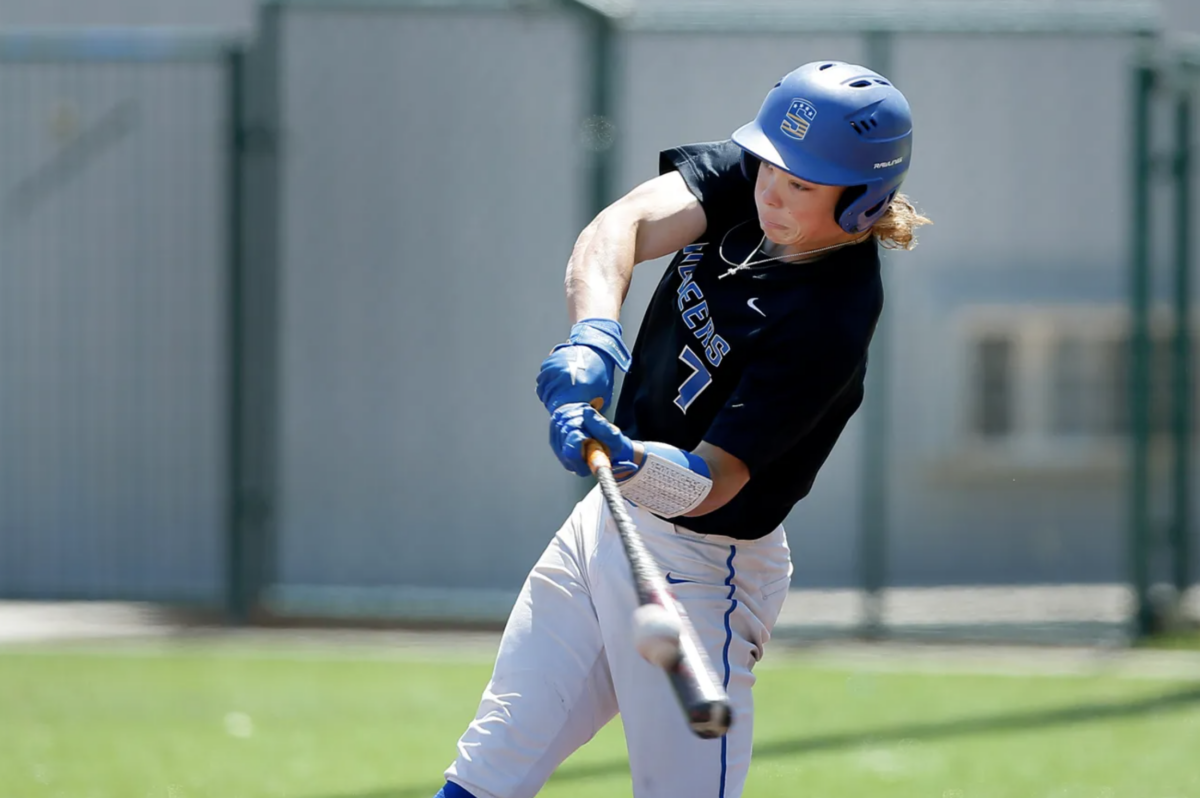There has been some consistency atop the MLB draft in recent years: Teams are more comfortable with college baseball players at the top of their draft board.
The 2022 draft bucked that trend. Led by Jackson Holliday out of Stillwater High School (Okla.) selected by the Baltimore Orioles with the first overall pick, four of the first five players were high school athletes. It took until the sixth pick overall for someone who played at university last season to be selected.
It was a trend certainly intensified by the lack of visibility high school players had during the COVID-19 pandemic, but it didn’t start with the 2020 draft. Over the last four seasons, a combined four total high schoolers had been picked in the top five. That number was matched on Sunday night.
After the Orioles selected Holliday, the Arizona Diamondbacks took outfielder Druw Jones of Wesleyan High School (Ga.) at No. 2. Kumar Rocker, who was selected 10th overall in 2021 but did not sign with the New York Mets, went No. 3 to the Texas Rangers. Termarr Johnson of Mays High School (Ga.) and Elijah Green of IMG Academy (Bradenton, Fla.) rounded out the top five.
To find a draft this top-heavy of high schoolers, one must go all the way back to 2002, when four of the top five players — and seven of the top eight — were picked out of high school. Following the Pittsburgh Pirates’ selection of Ball University pitcher Bryan Bullington at No. 1, seven consecutive prep players were picked, a group that included B.J. Upton (2), Zack Greinke (6) and Prince Fielder (7).
The most recent time in which three high school athletes were selected in the top five was in 2017, when the draft kicked off with Royce Lewis, Hunter Greene and MacKenzie Gore going one, two and three, respectively.
With COVID restrictions in the rear-view, players and scouts can travel more. Perhaps those four drafts from 2018-21 were merely a blip instead of a broader shift in mindset.
